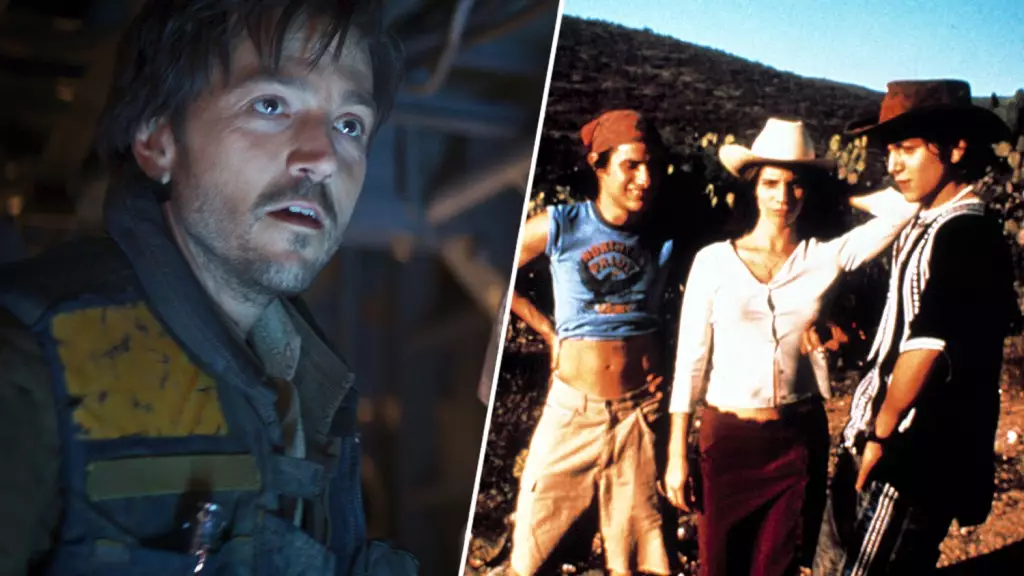Alfonso Cuarón, a cinematic visionary, has unwittingly altered the trajectory of the Star Wars saga, especially as we see its latest iterations on the streaming platform. The evolution of storytelling in this franchise greatly owes its depth to the fresh perspectives that directors like Gareth Edwards have brought to the table. Diego Luna, the star of “Andor,” recently reflected on his experience during the making of “Rogue One: A Star Wars Story.” By comparing the film’s tone to Cuarón’s film “Y tu mamá también,” Edwards opened the door to a new era for Star Wars—one that breaks free from traditional molds and embraces a more profound narrative style.
The Allure of the Dark Side
Diego Luna’s affinity for Star Wars runs deep. In his own words, he admits to being drawn to the darker elements of the franchise, claiming, “part of me was always drawn to the dark side.” This complex relationship with the narrative echoes the struggles and emotions that define the human experience. Luna’s childhood memories of playing Jedi alongside his cousins are more than nostalgic; they underline the inherent connection between audiences and the rich mythology of the Star Wars universe. The power of storytelling, especially in a galaxy as expansive as this one, lies in its ability to evoke emotions and explore the shadows within us.
Creating an Authentic Experience
The ambitions behind “Rogue One” reflected a desire to innovate—a wish to encapsulate raw, authentic human experiences amidst the backdrop of intergalactic conflict. Edwards’ vision meant a shift in how audiences connect with characters; it strived for a hyperrealism that blurred the lines between fiction and documentary. By encouraging improvisation and allowing actors to inhabit their roles fully, the film aimed to foster a genuine dynamic akin to that found in Cuarón’s work, which captures the essence of human interaction with striking honesty. This approach is a testament to the potential of the medium to breathe life into characters and artfully merge personal narratives with epic storytelling.
The Legacy of Y tu mamá también
“Y tu mamá también” remains a significant work not just for its artistry but also for its bold exploration of intimacy and personal growth. Cuarón utilized handheld camera work to create a visceral connection with the audience, an element that resonated with Edwards’ aspirations for “Rogue One.” By invoking the spirit of Cuarón’s film, the filmmakers create a compelling contrast to the typical grandiosity associated with the Star Wars franchise. The infusion of realism into a sprawling sci-fi epic symbolizes an evolution in how interconnected stories can be told—one that honors complex characters and narratives rather than relying solely on visual spectacle.
The Rise of Andor
As we prepare for the second season of “Andor,” it’s essential to recognize its roots. Luna’s return to the role of Cassian Andor represents a commitment to this new storytelling style. The premiere of the new season promises to delve deeper into the character’s reality, capturing the nuances that drive personal and collective motivations. As fans eagerly await the latest chapters, it’s clear that the universe of Star Wars is on a transformative journey, one that has been intricately woven through the influences of visionary filmmakers like Alfonso Cuarón.
